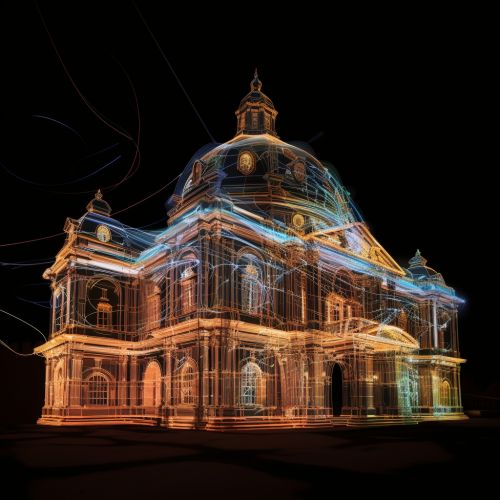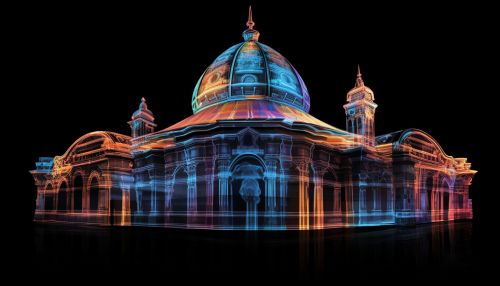3D mapping
Introduction
3D mapping, also known as projection mapping or spatial augmented reality, is a technology used to project a 2D image or video onto a 3D surface. This technique manipulates light to fit into the surface of any object, turning common objects into interactive 3D displays. The technology is used in a variety of fields including entertainment, advertising, gaming, and architecture 3D Display Technology.
History
The concept of 3D mapping can be traced back to the late 1960s when it was used in the flight simulator industry. The technology was then known as "video mapping", "spatial augmented reality", or "shader lamps". The technology has since evolved and is now used in a variety of industries, from entertainment to architecture History of 3D Technology.


Technology
3D mapping uses a two-step process: 3D scanning and projection. The 3D scanning process involves capturing the physical dimensions of the object to be mapped. This data is then used to create a virtual model of the object. The second step involves projecting a 2D image or video onto the virtual model. This process uses complex algorithms to match the image to the object's shape and size 3D Scanning Process.
Applications
3D mapping has a wide range of applications. In the entertainment industry, it is used to enhance live performances and events. In architecture, it is used to create virtual tours of buildings and structures. In gaming, it is used to create immersive environments. In advertising, it is used to create interactive displays that engage consumers Applications of 3D Mapping.
Future of 3D Mapping
The future of 3D mapping is promising, with advancements in technology leading to more accurate and realistic projections. Developments in artificial intelligence and machine learning are expected to further enhance the capabilities of 3D mapping, making it more interactive and immersive Future of 3D Technology.
